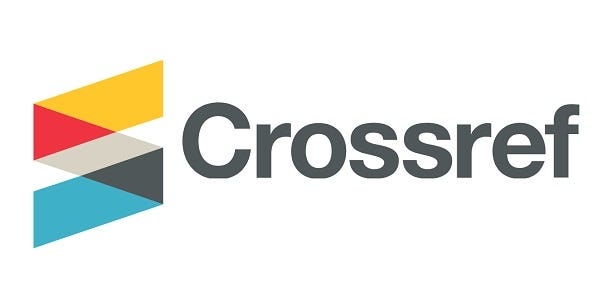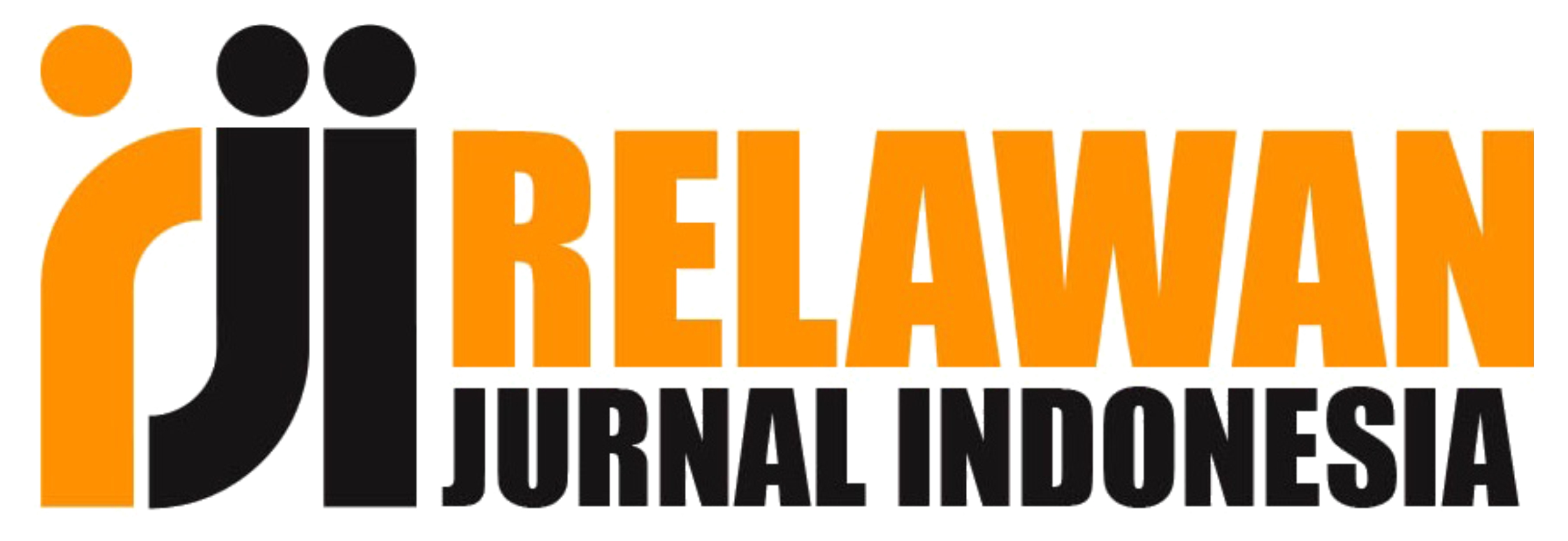Analisis Strategi Perencanaan Pajak Agresif: Peran Tax Haven, Thin Capitalization, dan Ukuran Perusahaan Multinasional di Indonesia
DOI:
https://doi.org/10.37385/ceej.v6i3.8709Keywords:
agresivitas pajak, tax haven, thin capitalization, ukuran perusahaan, GAAP ETR, perusahaan multinasional, noveltyAbstract
Penelitian ini bertujuan untuk menganalisis pengaruh pemanfaatan tax haven, thin capitalization, dan ukuran perusahaan terhadap agresivitas perencanaan pajak pada perusahaan multinasional yang terdaftar di Bursa Efek Indonesia periode 2018–2022. Agresivitas perencanaan pajak diukur menggunakan indikator GAAP Effective Tax Rate (GAAP ETR). Penelitian ini menggunakan pendekatan kuantitatif dengan metode regresi linier berganda berdasarkan data sekunder dari laporan keuangan 49 perusahaan multinasional selama lima tahun. Hasil analisis menunjukkan bahwa thin capitalization berpengaruh positif dan signifikan terhadap GAAP ETR, sedangkan tax haven dan ukuran perusahaan tidak memiliki pengaruh yang signifikan. Kebaruan (novelty) dari penelitian ini terletak pada fokus sampel yang secara khusus melibatkan perusahaan multinasional yang sebagian besar memiliki afiliasi di negara tax haven, memberikan konteks empiris yang jarang diteliti dalam studi perpajakan di Indonesia. Selain itu, penggunaan GAAP ETR sebagai indikator agresivitas pajak memberikan pendekatan akuntansi yang komprehensif dalam menilai praktik penghindaran pajak lintas negara. Temuan ini memberikan kontribusi penting bagi regulator dan otoritas pajak dalam merumuskan kebijakan anti-penghindaran pajak serta memperkuat transparansi fiskal lintas yurisdiksi.
References
Alstadsaeter, A., & Zucman, G. (2017). Who Owns the Wealth in Tax Havens? Macro Evidence and Implications for Global Inequality *. http://gabriel-zucman.eu/offshore.We
Armstrong, C. S., Blouin, J. L., Jagolinzer, A. D., & Larcker, D. F. (2015). Corporate governance, incentives, and tax avoidance. Journal of Accounting and Economics, 60(1), 1–17. https://doi.org/10.1016/j.jacceco.2015.02.003
Bachas, P., Brockmeyer, A., Dom, R., & Semelet, C. (2023a). Effective Tax Rates and Firm Size. http://www.worldbank.org/prwp.
Bachas, P., Brockmeyer, A., Dom, R., & Semelet, C. (2023b). Effective Tax Rates and Firm Size. http://www.worldbank.org/prwp.
Beer, S., Mooij, R. A., & Liu, L. (2018). International Corporate Tax Avoidance: A Review of the Channels, Magnitudes, and Blind Spots. IMF Working Papers, 18(168), 1. https://doi.org/10.5089/9781484363997.001
Buettner, T., & Wamser, G. (2013). Internal Debt and Multinational Profit Shifting: Empirical Evidence From Firm-Level Panel Data. National Tax Journal. https://doi.org/10.17310/ntj.2013.1.03
Damayanti, H. H., & Prastiwi, D. (2017). PERAN OECD DALAM MEMINIMALISASI UPAYA TAX AGRESIVENESS PADA PERUSAHAAN MULTINATIONALITY. Jurnal Akuntansi Multiparadigma JAMAL, 8. https://doi.org/10.18202/jamal.2017.04.7041
Deasvery Falbo, T., Firmansyah, A., & Keuangan Negara STAN, P. (2018). Thin Capitalization, Transfer Pricing Aggressiveness, Penghindaran Pajak. In Indonesian Journal of Accounting and Governance (Vol. 2, Issue 1).
Desai, M. A., Foley, C. F., & Hines, J. R. (2006). The demand for tax haven operations. Journal of Public Economics, 90(3), 513–531. https://doi.org/10.1016/j.jpubeco.2005.04.004
Deslandes, M., Fortin, A., & Landry, S. (2019). Aveudit committee characteristics and tax aggressiveness. Managerial Auditing Journal, 35(2), 272–293. https://doi.org/10.1108/MAJ-12-2018-2109
Dewantara, A. R. (2025). Interest Limitation Rules and Corporate Tax Avoidance. Scientax, 6(2), 178–200. https://doi.org/10.52869/st.v6i2.904
Dyreng, S. D., Hanlon, M., & Maydew, E. L. (2010). The effects of executives on corporate tax avoidance. Accounting Review, 85(4), 1163–1189. https://doi.org/10.2308/accr.2010.85.4.1163
Dyreng, S. D., & Lindsey, B. P. (2009). Using financial accounting data to examine the effect of foreign operations in tax havens and other countries on U.S. multinational firms’ Tax rates. Journal of Accounting Research, 47(5), 1283–1316. https://doi.org/10.1111/j.1475-679X.2009.00346.x
Efendi, M., & Winingrum, S. P. (2025). Pengaruh Struktur Modal, Capital Intensity, Dan Ukuran Perusahaan Terhadap Tax Avoidance. Jurnal Ekonomika Dan Bisnis (JEBS), 5(1), 269–280. https://doi.org/10.47233/jebs.v5i1.2496
Falbo, T. D., & Firmansyah, A. (2018). Thin Capitalization, Transfer Pricing Aggressiveness, Penghindaran Pajak. Indonesian Journal of Accounting and Governance, 2(1), 1–28. https://doi.org/10.36766/ijag.v2i1.6
Faradiza, S. akrom. (2019). Dampak Strategi Bisnis terhadap Penghindaran Pajak. Journal of Applied Accounting and Taxation.
Firmansyah, A. (2019). Financial Constraints, Investment Opportunity Set, Financial Reporting Aggressiveness, Tax Aggressiveness?: Evidence From Indonesian Manufacturing Companies. In Academy of Accounting and Financial Studies Journal (Vol. 23, Issue 5).
Frank, M. M., Lynch, L. J., & Rego, S. O. (2009). Tax reporting aggressiveness and its relation to aggressive financial reporting. Accounting Review, 84(2), 467–496. https://doi.org/10.2308/accr.2009.84.2.467
Graham, J. R., Hanlon, M., Shevlin, T., & Shroff, N. (2014). Incentives for Tax Planning and Avoidance: Evidence from the field. Accounting Review, 89(3), 991–1023. https://doi.org/10.2308/accr-50678
Gravelle, J. G. (2015). Tax Havens: International Tax Avoidance and Evasion. www.crs.gov
Gujarati, & Damodar, N. (2004). Introductory econometrics?: Student solution for use with Basic Econometrics.
Hair, J. F., Page, M., & Brunsveld, N. (2019). Business Research for the Twenty-First Century. In Essentials of Business Research Methods. Routledge. https://doi.org/10.4324/9780429203374-1
Hanlon, M., & Heitzman, S. (2010). A review of tax research. Journal of Accounting and Economics, 50(2–3), 127–178. https://doi.org/10.1016/j.jacceco.2010.09.002
Heckemeyer, J. H., Nicolay, K., & Spengel, C. (2021). What Will the OECD BEPS Indicators Indicate? https://ssrn.com/abstract=3783644https://ssrn.com/abstract=3783644
Jaafar, A., & Thornton, J. (2015a). Tax Havens and Effective Tax Rates: An Analysis of Private versus Public European Firms.
Jaafar, A., & Thornton, J. (2015b). Tax Havens and Effective Tax Rates: An Analysis of Private versus Public European Firms. International Journal of Accounting, 50(4), 435–457. https://doi.org/10.1016/j.intacc.2015.10.005
Jap, Y. P., & Chyntialie. (2022). Pengaruh, Leverage, Tax haven dan Kepemilikan Manajerial terhadap Aggressivitas Perencanaan Pajak dengan Komisaris Independen Sebagai variable moderasi. In Jurnal Kontemporer Akuntansi (Vol. 5, Issue 1).
Jensen, M. C., & Meckling, W. (1976). Theory of The Firm?: Managerial Behaviour, Agency Costs and Ownership Structure. Journal of Financial Economics 3 (1976), 10, 305–360. https://doi.org/10.1177/0018726718812602
Lanis, R., & Richardson, G. (2018). Outside directors, corporate social responsibility performance, and corporate tax aggressiveness: An empirical analysis. Journal of Accounting, Auditing and Finance, 33(2), 228–251. https://doi.org/10.1177/0148558X16654834
Lumley, T., Diehr, P., Emerson, S., & Chen, L. (2002). THE IMPORTANCE OF THE NORMALITY ASSUMPTION IN LARGE PUBLIC HEALTH DATA SETS. https://doi.org/10.1146/annurev.publheath.23.100901.140546
Mahardika, R., & Irawan, F. (2022). THE IMPACT OF THIN CAPITALIZATION RULES ON TAX AVOIDANCE IN INDONESIA. www.jurnal.pknstan.ac.id/index.php/JPI
Markle, K., & Shackelford, D. A. (2014). The Impact of Headquarters and Subsidiary Locations on Multinationals’ Effective Tax Rates. Tax Policy and the Economy. https://doi.org/10.1086/675587
Puji Lukmawati, P., Mei Darnis Halawa, I., Agustina, S., Khotimah, H., Ekonomi dan Bisnis, F., Pamulang Jl Raya Puspitek, U., Pamulang, K., Tangerang Selatan, K., & Puji Lukmawati Fakultas Ekonomi dan Bisnis, P. (2025). The Effect of Thin Capitalization, Return on Assets, Capital Intensity, and Audit Fees on Tax Aggressiveness. Jurnal Multidisiplin Sahombu, 5. https://doi.org/10.58471/jms.v5i04
Rego, S. O. (2003). Tax-Avoidance Activities of U.S. Multinational Corporations. Contemporary Accounting Research, 20(4), 805–833. https://doi.org/10.1506/VANN-B7UB-GMFA-9E6W
Rego, S. O., & Wilson, R. (2012). Equity Risk Incentives and Corporate Tax Aggressiveness. Journal of Accounting Research, 50(3), 775–810. https://doi.org/10.1111/j.1475-679X.2012.00438.x
Risna, F. A., & Haryono, S. (2023). PENGARUH TAX PLANNING & TAX AVOIDANCE TERHADAP NILAI PERUSAHAAN DENGAN TRANSPARANSI PERUSAHAAN SEBAGAI VARIABEL MODERASI. Jurnal Akuntansi Trisakti, 10(2), 305–318. https://doi.org/10.25105/jat.v10i2.17104
Rochmaniati, W., & Dewi, R. R. (2024). Analisis Hubungan antara Tax Haven Affiliation, Firm Size, Profitability, dan Country-By-Country Reporting terhadap Tax Avoidance. In AKADEMIK: Jurnal Mahasiswa Ekonomi & Bisnis (Vol. 4, Issue 3).
Rusydi, M. K., & Martani, D. (2014). Rusydi & Martani 2014. Pdf. In simposium Nasional Akuntansi 17, Lombok, Indonesia (p. PENGARUH STRUKTUR KEPEMILIKAN TERHADAP AGGRESSIVE).
Sari, R. P. (2019). TAX PLANNING AS A TAX AVOIDANCE STEP IN INDONESIA. Russian Journal of Agricultural and Socio-Economic Sciences, 90(6), 309–313. https://doi.org/10.18551/rjoas.2019-06.38
Septiani, K., K. Natasha, & Winata, K. (2022). Pengaruh Transfer Pricing, Thin Capitalization Dan Tax Haven Utilization Terhadap Agresivitas Pajak. In Prosiding: Ekonomi dan Bisnis (Vol. 2, Issue 2).
Slemrod, J. (2004). The economics of corporate tax selfishness. National Tax Journal, 57(4), 877–899. https://doi.org/10.17310/ntj.2004.4.06
Susilowati, Y., Ratih Widyawati, & Nuraini. (2018). Pengaruh Ukuran Perusahaan, Leverage, Profitabilitas, Capital Intensity Ratio dan Komisaris Independen Terhadap Effective Tax Rate. ISBN: 978-979-3649-99-3, 2014, 796–804.
Taylor, G., & Richardson, G. (2013). The determinants of thinly capitalized tax avoidance structures: Evidence from Australian firms. Journal of International Accounting, Auditing and Taxation, 22(1), 12–25. https://doi.org/10.1016/j.intaccaudtax.2013.02.005
Utamawati, H. (2020). Pajak penghasilan ekonomi digital. https://www.researchgate.net/publication/345985882
Wibisono, A. (20016). Mengapa Pajak Itu Sangat Penting. https://pajak.go.id/id/artikel/kembali-mengingatkan-mengapa-pajak-itu-sangat-penting
Wibowo, J. L. (2018). Bela Negara dengan Pajak. Direktorat Jendaral Pajak. https://www.pajak.go.id/artikel/bela-negara-lewat-pajak?




 Template
Template



